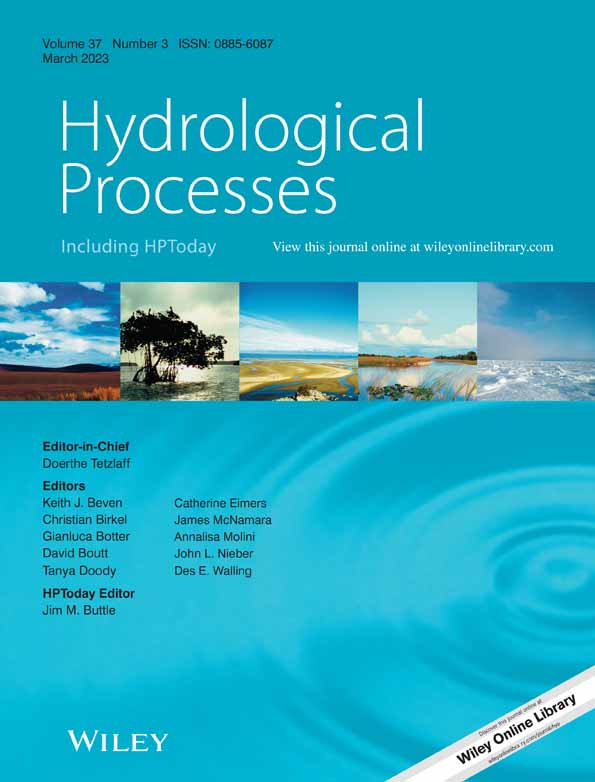Resistance of river ice covers to mobilization and implications for breakup progression in Peace River, Canada
Abstract
Prediction and modelling of ice breakup initiation and progress over extended river reaches is largely unattainable at present, despite the ecological and socio-economic significance of the breakup event and associated ice jams that form in many rivers of Asia, Europe and North America. A key question is how to quantify the driving and resisting forces that are applied on the winter ice cover, which control the timing of its dislodgment, mobilization and subsequent jamming locations. Using a physics-based onset criterion, explicit expressions for these forces are formulated. The more complex of the two is the resistance, which comprises components related to ice strength and thickness, channel curvature, thermal degradation of the ice cover during the pre-breakup period, and freezeup level (defined as peak 7-day running average water level during late fall and early winter). This insight is then used in a case study of recent dynamic breakups in a major Canadian river, explaining apparently random differences in the rate of advance of the breakup front among three different years. It is shown further that contradictory results are obtained when the effect of the freezeup level is ignored.
Open Research
DATA AVAILABILITY STATEMENT
The data that support the findings of this study are available on request from the corresponding author. The data are not publicly available due to privacy or ethical restrictions.




